When the Melbourne Cup field turns into the Flemington straight on Tuesday afternoon, it won’t just be the roar of a capacity crowd that is missing.
There will be no horses from Godolphin’s international stable in the field, and it is unlikely any of its Australian horses, which are typically bred for shorter races, will feature, either.
As is the case with the crowd, the lack of a Godolphin horse is a phenomenon of the pandemic, rather than any sign that the ruler of Dubai, Sheikh Mohammed bin Rashid al-Maktoum, is stepping back from the industry.

Sheikh Mohammed has poured $1.2bn into his Godolphin empire in Australia, with his horses routinely featuring in the country’s most prestigious thoroughbred races.
But there is one thing the sheikh’s Australian company does not want to spend money on – a land tax bill that the New South Wales state revenue office says it owes for two sprawling regional properties.
Court documents and publicly available financial records obtained by Guardian Australia show that in 2019, despite Godolphin Australia making $34.3m in prize money and $10.2m from horse sales, the company lost $25.5m. In the past four years, it has lost a total of almost $148m.

A senior Australian racing official, who was not authorised to speak publicly, said there was little prospect of the sheikh walking away, despite Godolphin’s losses.
“He would see it as an indulgence,” the official said. “He knows he loses money. But he’s infatuated.”
Sheikh Mohammed’s involvement in Australian racing has not come under the same scrutiny as his influence on the sport in the US and the UK but documents filed as part of the court case and financial records obtained by Guardian Australia show extensive details of his local operation for the first time.
The company has described itself as the largest horse breeder in the country, employing more than 300 people. On an average day in the six years between 2013 and 2019 it had horses competing in three Australia races.
Financial reports make clear that Godolphin Australia would be unlikely to survive if Sheikh Mohammed, who has been criticised by human rights groups for the treatment of one of his wives and two of his daughters, stopped funding it.
“The company … is dependent on the continued financial support of the ultimate shareholder,” the Godolphin Australia financial report for 2018 states. “Should this support be withdrawn there is material uncertainty whether the company can continue as a going concern.”
Spring breeding season
The land tax bill for two NSW properties is not being treated as just another cost of doing business. Godolphin Australia is disputing the ruling for the properties Kelvinside and Woodlands in the NSW supreme court, arguing they should be exempt from tax because they are used for agricultural purposes, rather than for preparing thoroughbred horses for racing.

Almost every spring for the past 18 years, according a document before the court, Michael O’Donnell has transported ovulating mares north through the Hunter Valley from his boutique horse stud to the waiting stallions at Kelvinside.
The 907-hectare (2,241-acre) property, and the dozen or so highly valuable stallions that live there are owned by Sheikh Mohammed.
Depending on which stallion O’Donnell chooses, Godolphin Australia will charge him as much as $132,000 for the stallion to “cover”, or breed with, his mare, court documents show. The stallion can cover as many as three mares every day, and will cover as many as 150 each breeding season.
The company made an average of $27.8m from arrangements similar to those with O’Donnell every year between 2013 and 2019, court documents show.
O’Donnell is one of several small stud owners who have written affidavits in support of Godolphin’s land tax bid.
A Racing Australia official has also written in support of the application.
About 45km south at Jerrys Plains, Godolphin foals are born at its 2,420-hectare property Woodlands. They will then be moved back to Kelvinside to be “broken in”, as it is traditionally known, although Godolphin says in court documents that it prefers to describe the process as “education”, given that the training is “a learning experience, not an attempt to break a horse’s nature”.
The horses, like the semen of stallions, are a valuable asset: the court documents show the company made an average of $12.8m selling horses each year between 2013 and 2019. Both Kelvinside and Woodlands also have cattle, from which the company made an average of $900,000 a year over the same period.

The company says that in the five years it has been charged land tax, its racing operations made less money than its sales of horses, cattle and “bodily produce”. Godolphin argues that because the properties are used for these reasons it does not need to pay land tax under an exemption for primary producers.
Revenue crackdown
The amount of the land tax bill is not included in court documents obtained by Guardian Australia but it could amount to several million dollars.
Both Godolphin properties would likely be valued above the state’s premium threshold, meaning they each attract an annual bill of about $60,000 plus 2% of the value of the land above that threshold. The bill covers the years from 2014 to 2019.
Revenue NSW said for privacy reasons it could not comment on a “customer’s circumstances”. Only months after Revenue NSW issued the bill, it launched a crackdown on land tax compliance that was expected to recoup $100m in its first year. It did not respond to questions about whether the tougher stance had targeted other racing operations.
Godolphin Australia also declined to comment on the case.
In court documents, Prashanth Kainthaje, a lawyer for the company, says the fact Godolphin also races horses does not affect its entitlement to an exemption, in part because “horses with a successful racing history are more valuable for the purposes of breeding and selling horses … and their bodily produce”. In essence, the company argues that the properties are used to produce horses that then go to other properties for training and preparation for racing, before, in some instances, they are returned to breed foals.
The NSW crown solicitor, Karen Smith, rejects this argument in the government’s court submissions.
“The dominant use of … Woodlands and Kelvinside in the relevant tax years was not for the maintenance of animals for the purposes of selling them or their natural increase [an increase in value based on racing history] or bodily produce.
“Any sale of horses … was incidental to the dominant use of the land for the purpose of breeding, training and racing racehorses.”
The case continues in the NSW supreme court.


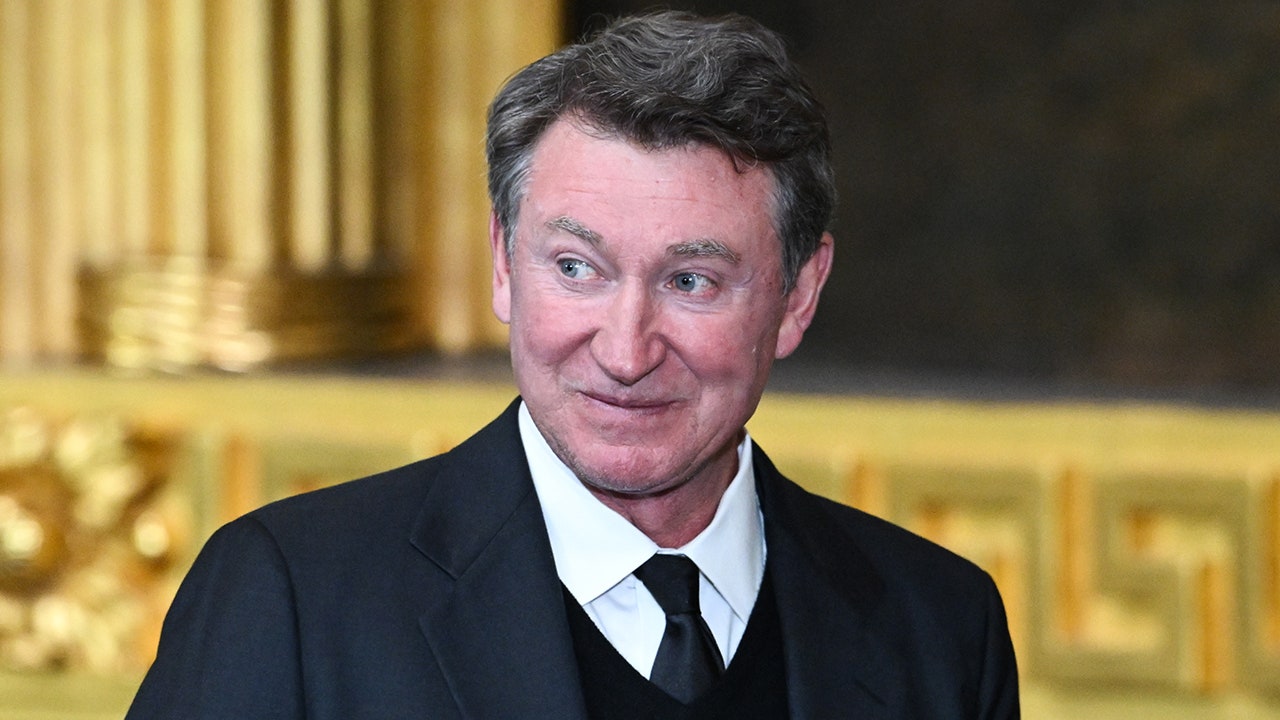

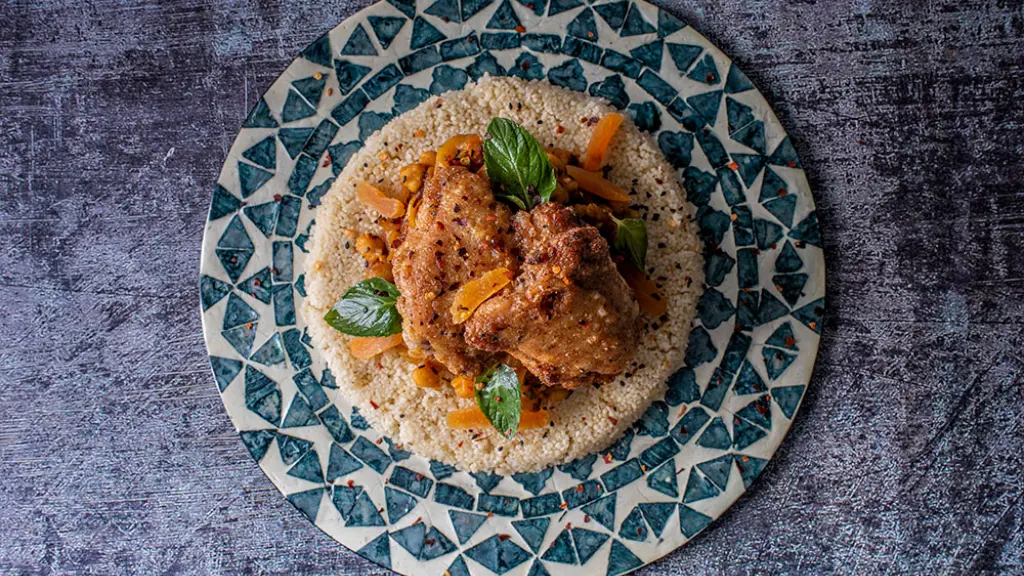
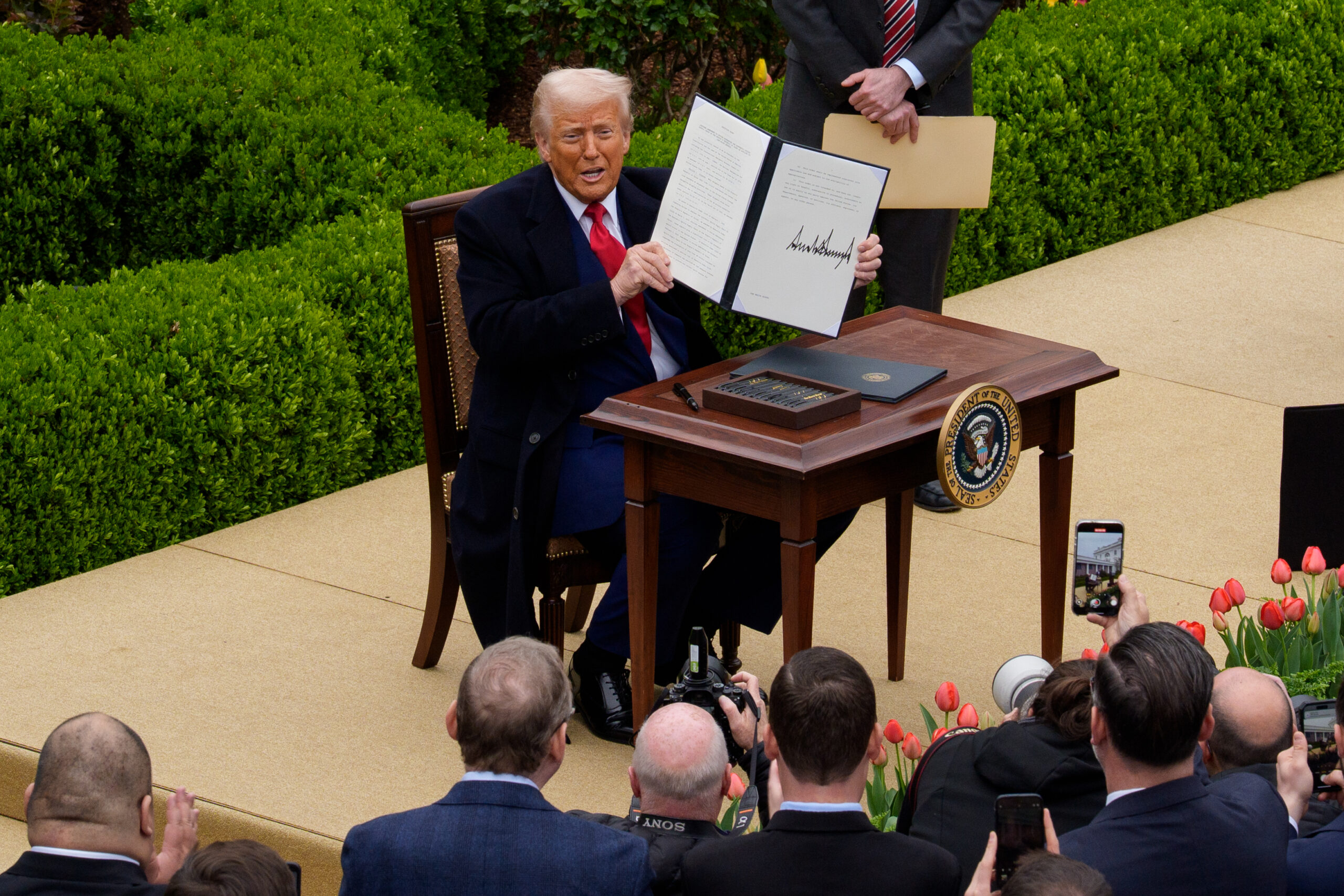


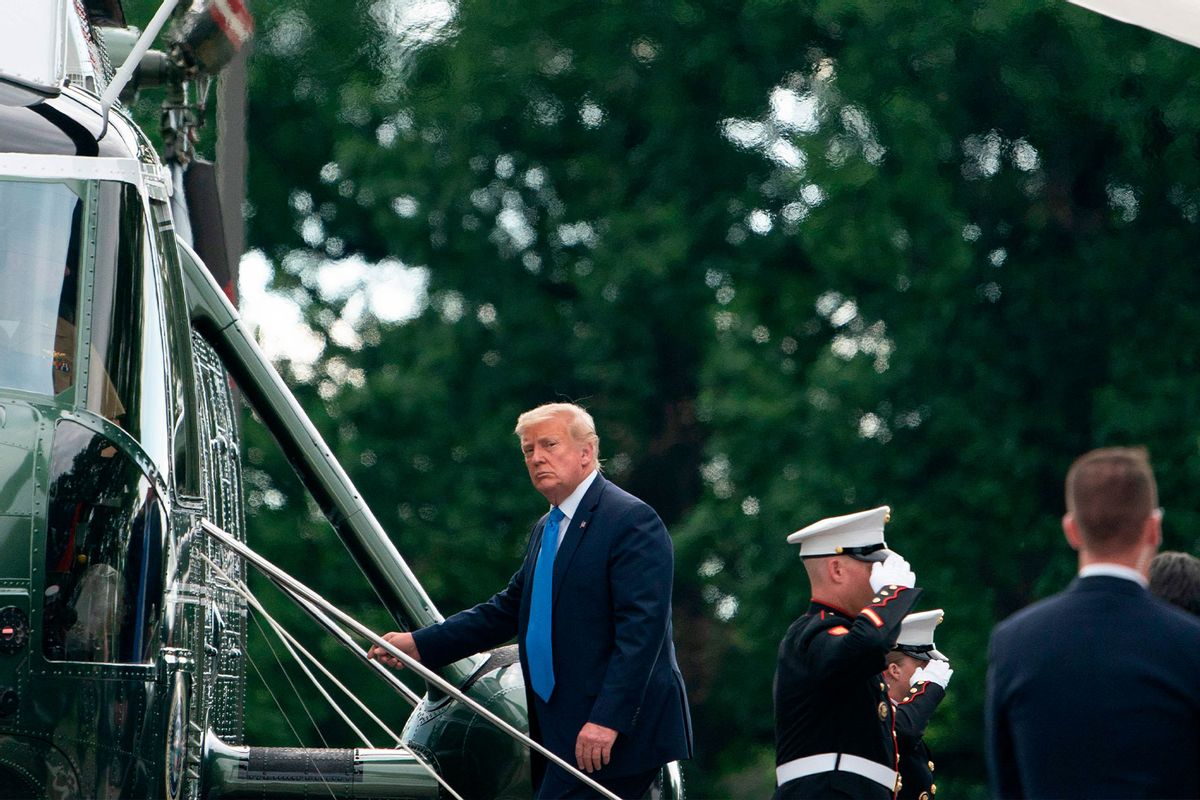

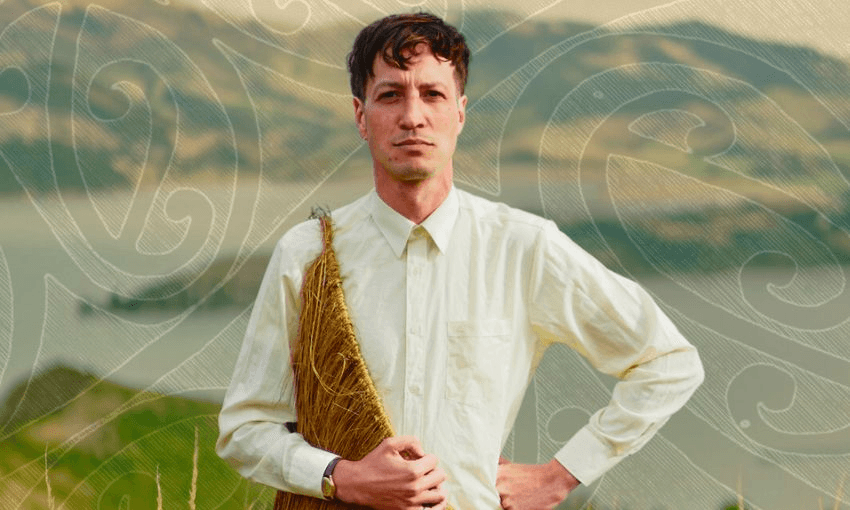


.jpg)

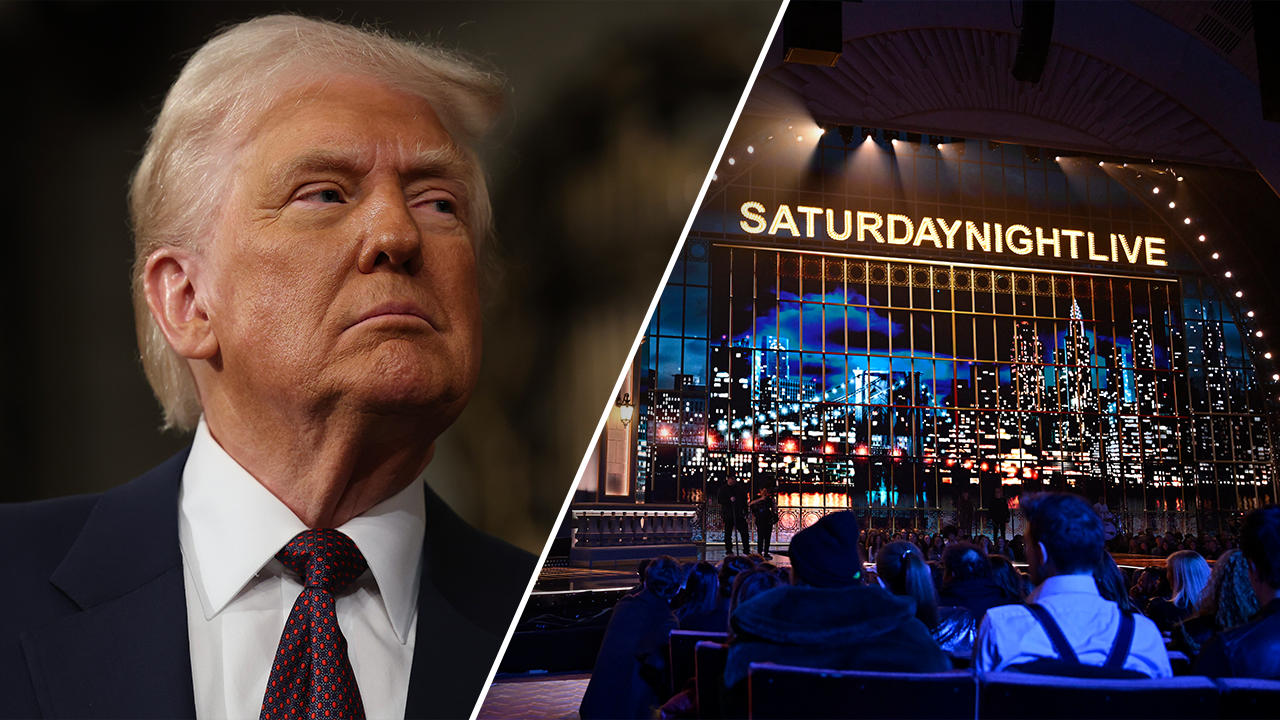


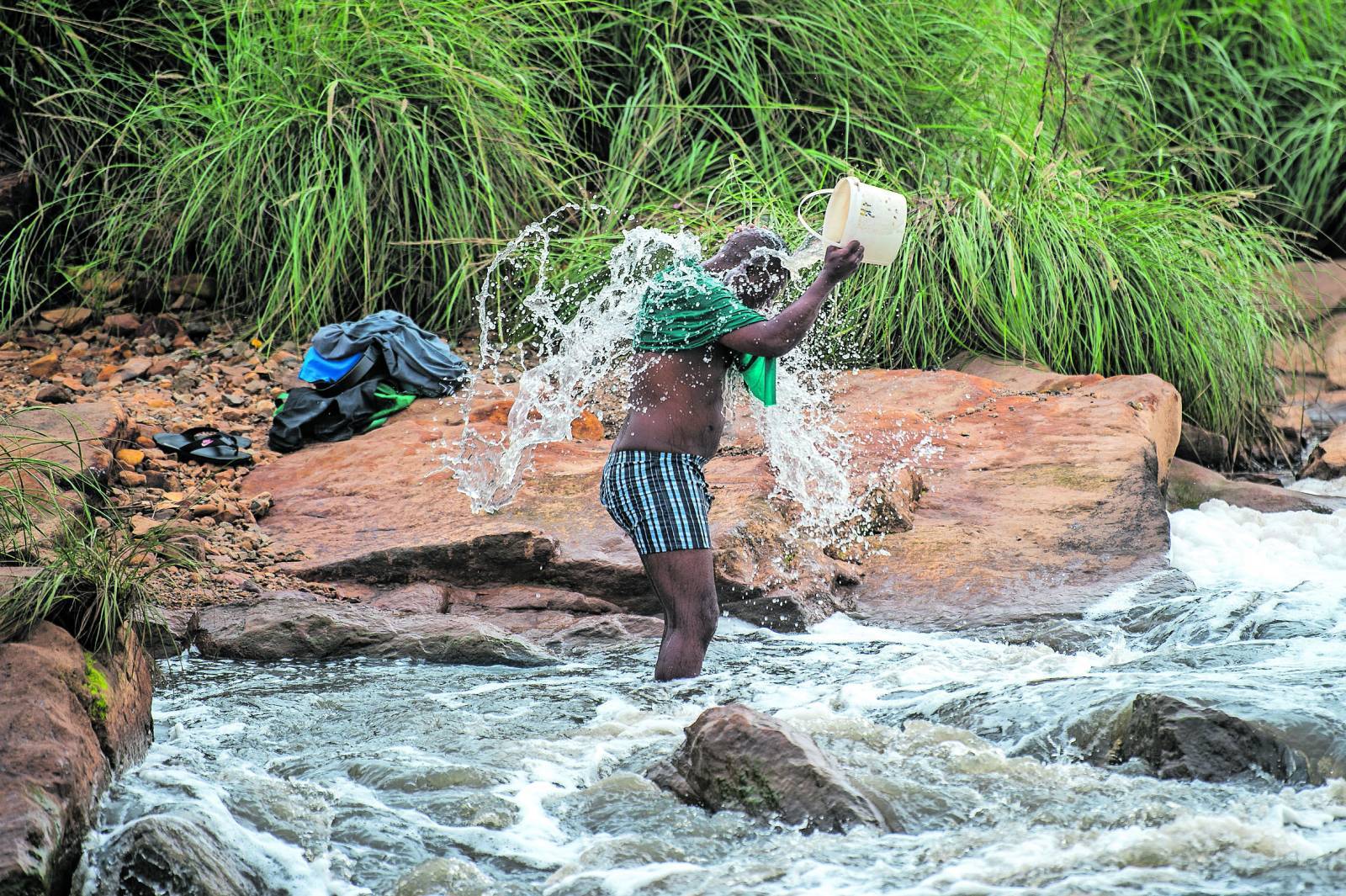
Discussion about this post